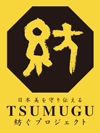Highlights of the Exhibition
* During the exhibition there will be rotation in which some of the artworks will be replaced with other works.
Hōnen and His Time
The founder of the Pure Land Buddhist school Jōdo Shū, Hōnen (1133–1212), lived at the end of the Heian period (794–1185), a turbulent time marked by the distress of successive wars, frequent natural disasters, epidemics, and destitution. This widespread and continual anguish convinced many that the world had entered mappō, the degenerate age of the Later Dharma, when finding liberation through traditional Buddhism was no longer viable.
At an early age, Hōnen entered the priesthood and trained as a monk of the Tendai school on Mount Hiei, the center of Buddhism at the time. In 1175, at the age of forty-three, he awakened to the path of senju nenbutsu, the devoted recitation of Amida Buddha’s name, after encountering the writings of the Chinese Tang-dynasty scholar-monk Shandao (J: Zendō; 613–681).
Hōnen thereafter taught that reciting the nenbutsu, saying “Namu Amida Butsu” (I take refuge in Amitābha Buddha), would lead to salvation. His teachings attracted a large following from all walks of life, but they also proved threatening to pre-existing Buddhist sects, who forcefully demanded that the nenbutsu practice as interpreted by Hōnen be suppressed. Because of his popularity, they exiled him to Sanuki province (modern Kagawa prefecture in Shikoku) at the age of seventy-five. Eventually he returned to the capital of Kyoto, where he passed away at age eighty. This section traces the achievements and teachings of Hōnen, the founder of the Pure Land Buddhist sect Jōdo Shū.
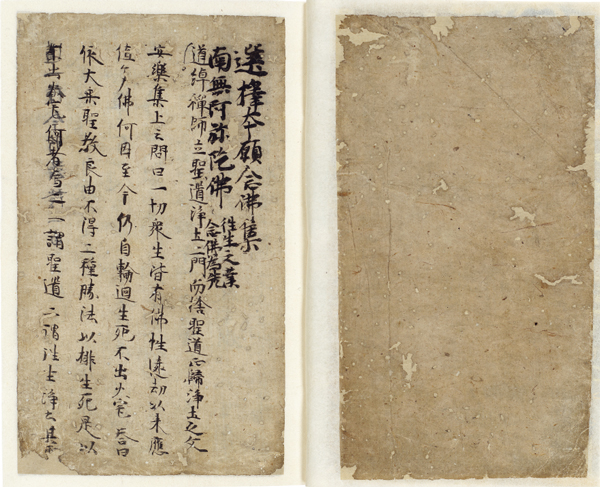
First page
Passages on the Selection of the Nenbutsu in the Original Vow (Senchaku hongan nenbutsu shū), Rozan-ji Version
Kamakura period, 12th–13th century; Rozan-ji Temple, Kyoto (Important Cultural Property)
On exhibit from April 16 through May 12, 2024
Seated Portrait of Master Hōnen
Kamakura period, 14th century; Taima-dera Oku-no-in Temple, Nara (Important Cultural Property)
(Image credit: Nara National Museum)
On exhibit from April 16 through May 12, 2024

Volume 6 (detail)
Illustrated Biography of Master Hōnen (Hōnen Shōnin e-den)
Kamakura period, 14th century; Chion-in Temple, Kyoto (National Treasure)
Volume 6:On exhibit from April 16 through May 12, 2024
*Different volumes from a particular artwork may be shown at different times.
The World of Amida Buddha
What Hōnen revered most was a devoted form of nenbutsu practice in which one focuses on reciting the phrase “Namu Amida Butsu,” which combines a personal commitment with the sacred name of the Buddha Amida (Skt: Amitābha). In contrast to earlier Japanese Buddhist sects, Hōnen taught that building temples or commissioning Buddhist images was unnecessary as such acts often reflected economic and societal standing. While Hōnen himself did not actively engage in the commissioning of Amida Buddha statues, he apparently accepted that some of his disciples and devotees considered the production of religious imagery to be essential. These practitioners venerated both sculptures of Amida Buddha and paintings depicting Amida’s “welcoming descent” (J: raigō) to receive the deceased and take them back to the Pure Land. Such adherents relied on visual icons for spiritual refuge during their daily nenbutsu practice and in the final hours of their lives.
Faith in the Pure Land tradition intensified among followers from all echelons of society during times of hardship. The many early statues and paintings of Amida that exist today testify to the popularity of the Pure Land school.
Welcoming Descent of Amida (Amitābha) and Twenty-five Bodhisattvas, Known as Haya Raigō (the “Rapid Welcoming Descent”)
Kamakura period, 14th century; Chion-in Temple, Kyoto
On exhibit from April 16 through May 12, 2024
Standing Amida (Amitābha) Buddha
Kamakura period, 1212; Jōdo Shū (Important Cultural Property)
On exhibit from May 14 through June 9, 2024
Hōnen’s Disciples and Their Lineages
Surrounded by a growing number of disciples who revered him, Hōnen founded the Pure Land school of Buddhism, Jōdo Shū. After his death, several of these disciples tirelessly worked to spread his teaching of shōmyō nenbutsu, a meditative vocalization of Amida Buddha’s sacred name. These disciples included Shōkō (1162–1238) of the Chinzei branch, based in Kyushu (previously known as Chinzei), and his disciple Ryōchū (1199–1287), who further expanded the group’s influence in Kamakura and other regions. In Kyoto, the Seizan branch, founded by Shōkū (also known as Seizan; 1177–1247), contributed greatly to the dissemination of Hōnen’s teachings by producing painted reproductions of the Taima Mandala (No. 112), a woven illustration of the Contemplation Sutra on the Buddha of Infinite Life (J: Kanmuryōjubutsu kyō).

(detail)
Taima Mandala
China, Tang dynasty, or Japan, Nara period, 8th century; Taima-dera Temple, Nara (National Treasure)
(Image credit: Nara National Museum)
On exhibit from April 16 through May 6, 2024
Amida (Amitābha) Triad in Portable Altar
Amida Triad: Kamakura period, 13th century
Portable Altar: Muromachi period, 16th century; Hōon-ji Temple, Kyoto
(Important Cultural Property)
On exhibit from May 14 through June 9, 2024
The Pure Land Sect in the Edo Period
Building on an organized transmission of Hōnen’s teachings, the Jōdo Shū was further systematized by two later priests Shōgei (1341–1420) and his disciple Shōsō (1366–1440), founder of Zōjō-ji, the main temple in Edo (present-day Tokyo). Their efforts resulted in the widespread dissemination of teachings of the Jōdo Shū throughout Japan. Such developments were further enhanced when the influential Matsudaira clan of Mikawa province (now southern Aichi prefecture) converted to Jōdo Shū. Later, Tokugawa Ieyasu (1543–1616), the founding shogun of the Edo-based Tokugawa military government and a descendant of the Matsudaira clan, designated Zōjō-ji in Edo and Chion-in in Kyoto as his ancestral temples, further solidifying the Jōdo Shū’s status.
This section explores the dramatic rise of Jōdo Shū during the Edo period through a diverse range of imposing treasures donated to Pure Land temples, attesting to the deep faith of their many shogunal and daimyo patrons.
Seated Portrait of Tokugawa Ieyasu
Edo period, 17th century; Chion-in Temple, Kyoto (Important Cultural Property)
On exhibit from April 30 through June 9, 2024

Last page, Song-Dynasty Edition
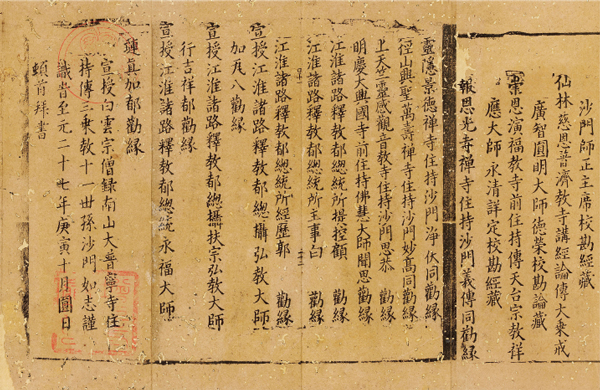
Last page, Yuan-Dynasty Edition
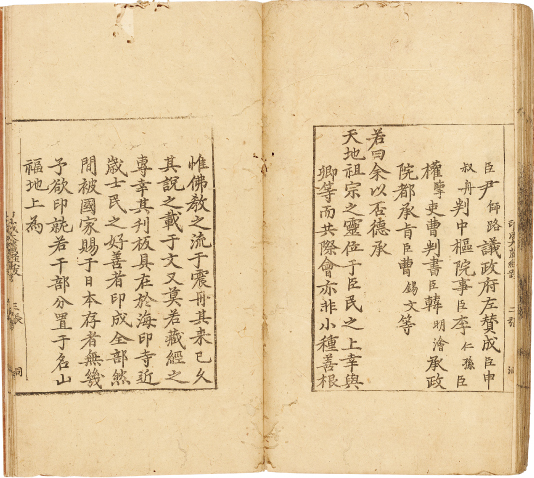
Goryeo-Dynasty Edition
Chinese Buddhist Canon, Song-Dynasty Edition
Chinese Buddhist Canon, Yuan-Dynasty Edition
Korean Buddhist Canon, Goryeo-Dynasty Edition
Song-Dynasty Edition:China, Northern Song–Southern Song dynasty, printed 12th century
Yuan-Dynasty Edition:China, Yuan dynasty, printed 13th century
Goryeo-Dynasty Edition:Korea, Goryeo dynasty, printed 13th century
Zōjō-ji Temple, Tokyo (Important Cultural Property)
*During the exhibition there will be rotation in which some of the artworks will be replaced with other works.
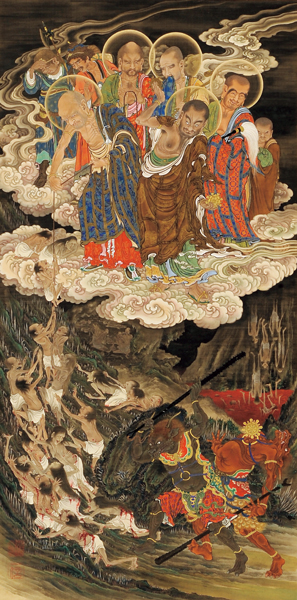
Hanging scroll 24

Hanging scroll 57
Five Hundred Arhats
By Kanō Kazunobu; Edo period, 19th century; Zōjō-ji Temple, Tokyo
Hanging scroll 24:On exhibit from April 16 through May 12, 2024
Hanging scroll 57:On exhibit from May 14 through June 9, 2024
*24 scrolls from total 100 scrolls of the set will be on display.
Buddha Entering Nirvana with Sacred Assembly and Animals
Edo period, 17th century; Hōnen-ji Temple, Kagawa
*This exhibition displays the Buddha Entering Nirvana and part of the sculpture set.


 First page
First page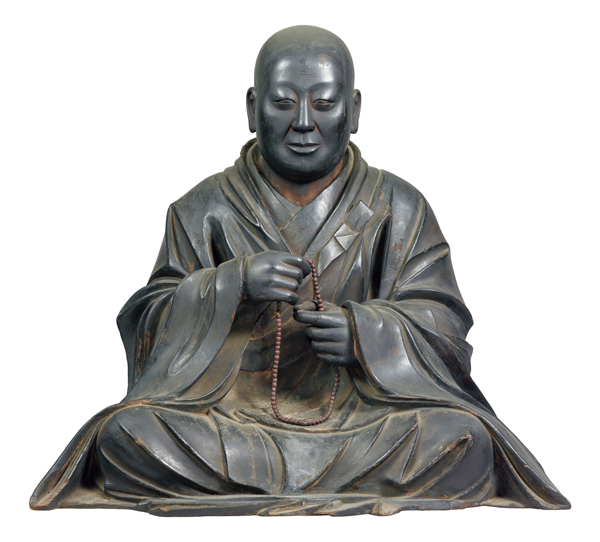
 Volume 6 (detail)
Volume 6 (detail)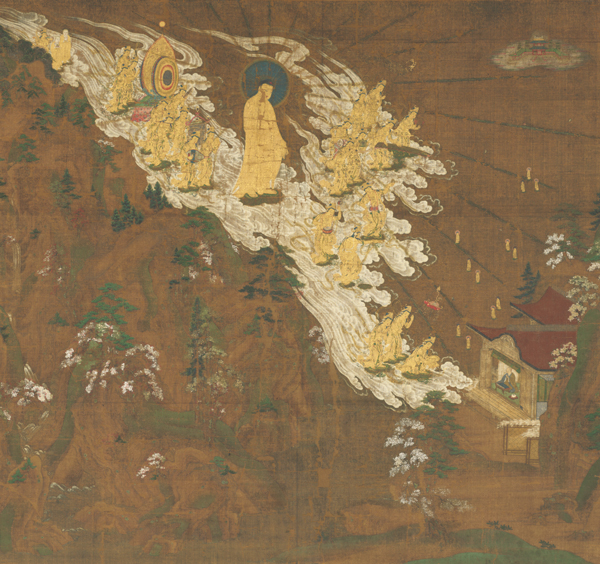

 (detail)
(detail)







